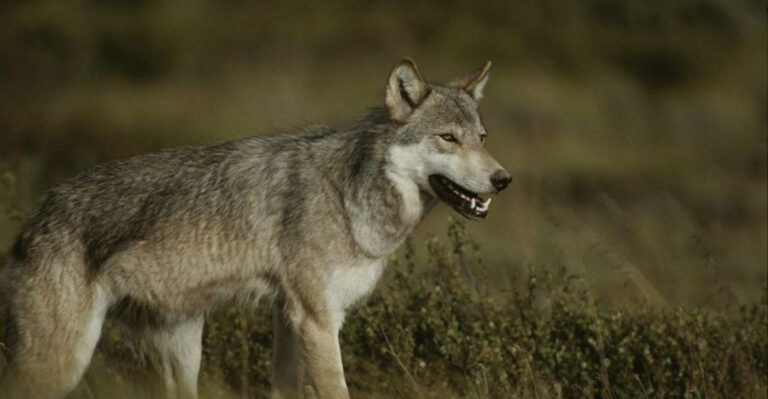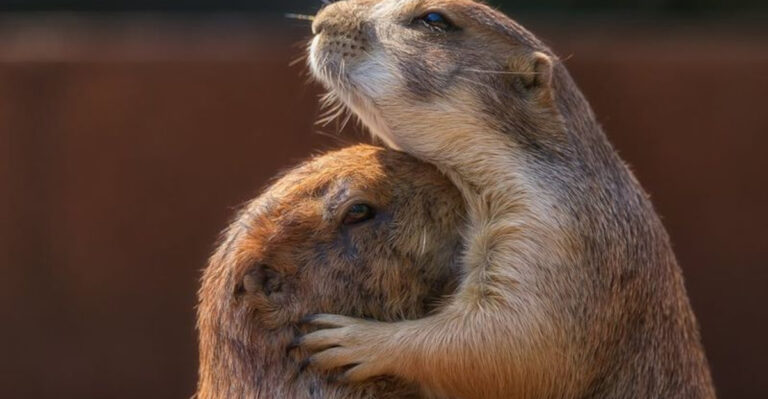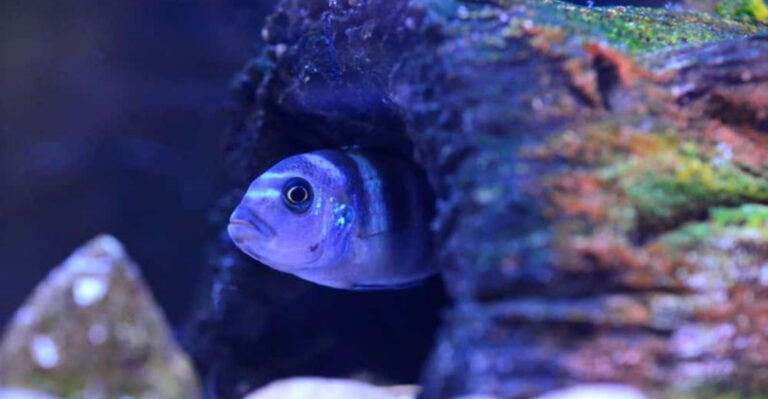15 Reasons Why Bison Still Roam Free In This Protected Landscape
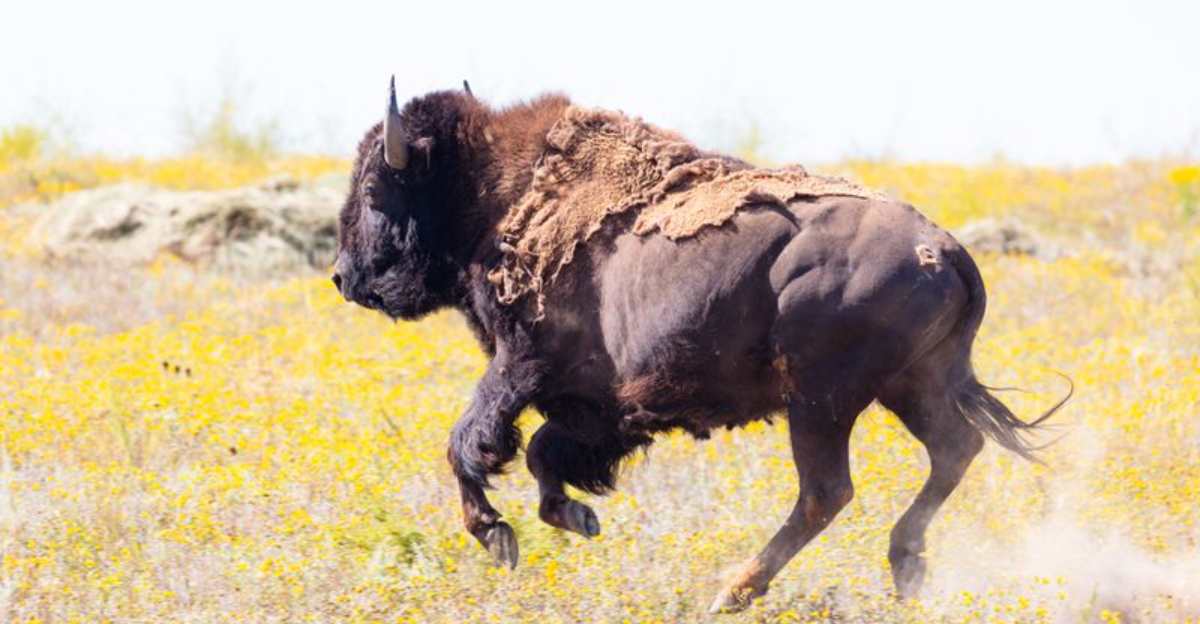
Yellowstone National Park is more than just a breathtaking landscape – it’s one of the last places in the United States where bison still roam free. These massive herbivores have called this protected land home for thousands of years, surviving everything from harsh winters to human threats. As the largest continuously free-ranging bison population in the lower 48 states, they represent a living link to North America’s wild past. But how do they continue to thrive here when so many other herds vanished?
1. Dedicated Conservation Programs
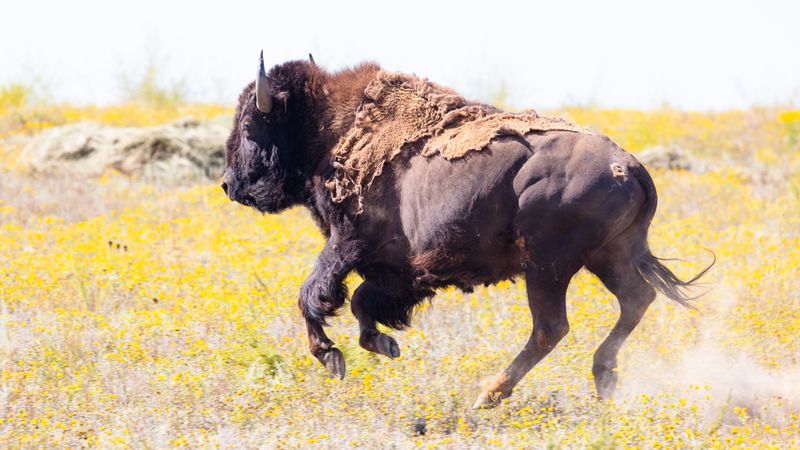
Behind every bison herd in Yellowstone stands a team of passionate conservationists. These specialists monitor health, track movements, and manage habitats to ensure thriving populations.
Their work often goes unnoticed by visitors who simply marvel at the animals, but without these programs, free-roaming bison in Yellowstone would likely be just a memory in America’s history books.
2. Legal Protection Status
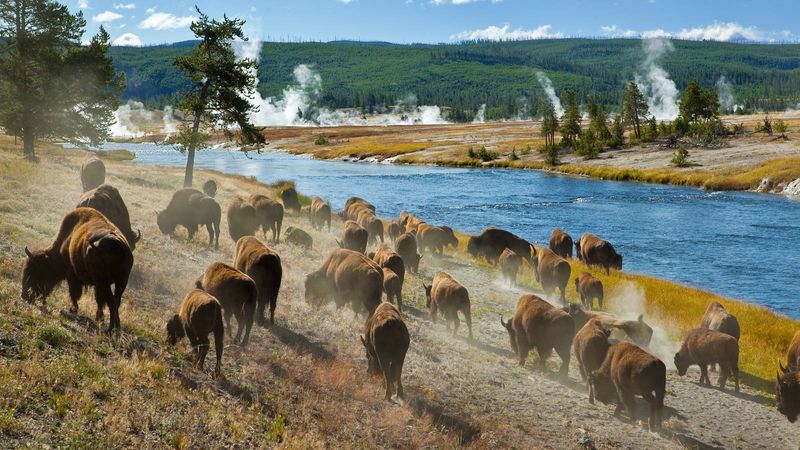
Powerful legislation specifically protects Yellowstone’s bison herd, the only continuously free-ranging population in the lower 48 states. Federal, state, and park regulations shield these iconic creatures from harm.
These laws restrict hunting, preserve critical habitat, and establish guidelines for managing wild herds – creating a safe haven where bison can flourish without human interference.
3. Vast Unfragmented Habitat
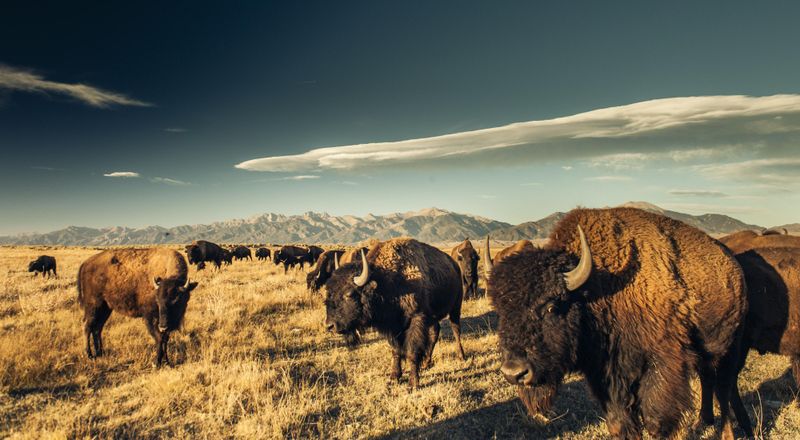
Yellowstone offers expansive, uninterrupted landscapes essential for bison to thrive. These vast territories support natural migration, foraging, and complex social behaviors.
Unlike many other places, Yellowstone’s protected lands provide thousands of acres free from barriers, ensuring bison can roam freely as wild animals rather than restricted livestock.
4. Public Support And Awareness
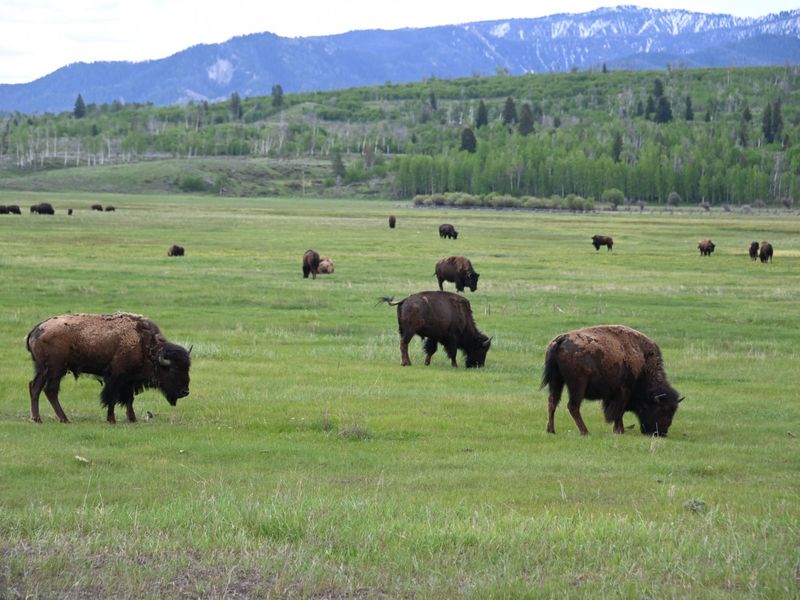
Tourists flock to Yellowstone to glimpse these woolly giants in their natural environment. This enthusiasm translates into visitor dollars that fund protection efforts and creates a constituency that demands conservation.
Educational programs in the park help visitors understand why protecting these massive mammals matters for our ecological heritage.
5. Ecological Necessity
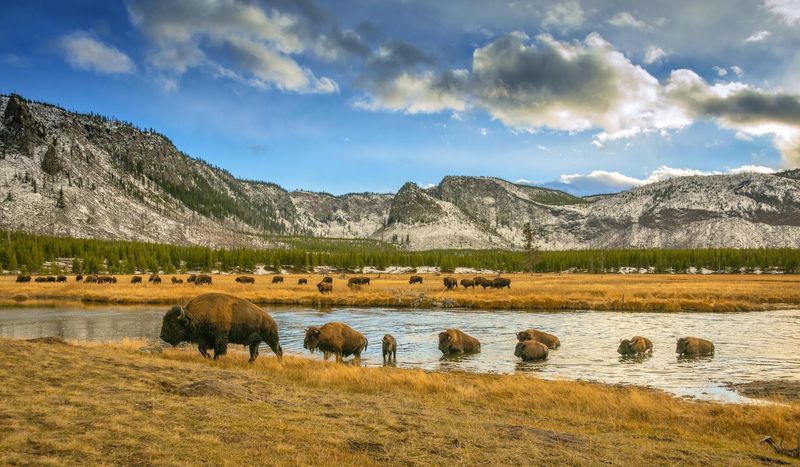
In Yellowstone, bison are more than a spectacle – they are ecosystem engineers. Their grazing patterns create habitat diversity that benefits countless other species, from prairie dogs to nesting birds.
Even their massive hooves serve a purpose – churning soil, creating wallows that collect water, and dispersing seeds. Without bison, Yellowstone’s ecosystem would lose much of its natural balance.
6. Indigenous Cultural Significance
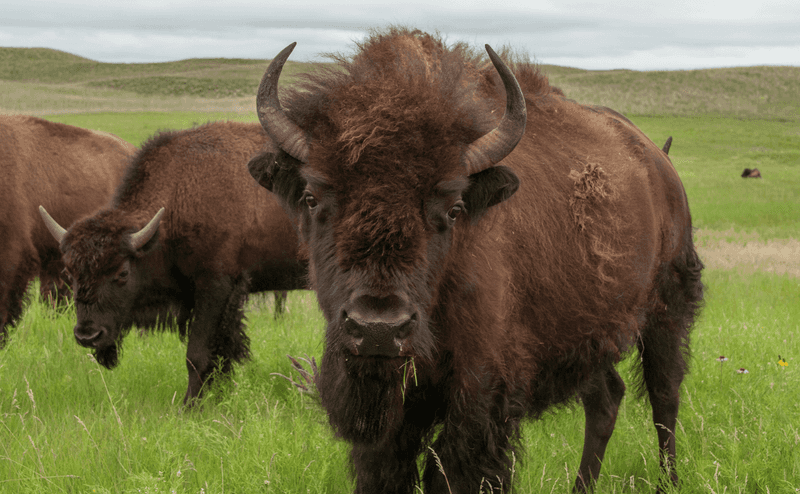
Long before European settlement, bison sustained numerous Native American tribes. These majestic animals provided food, shelter, tools, and featured prominently in spiritual practices.
Today, many protected herds exist on tribal lands where indigenous management practices blend traditional knowledge with modern conservation. These cultural connections provide powerful motivation to ensure bison survive for future generations.
7. Scientific Research Opportunities
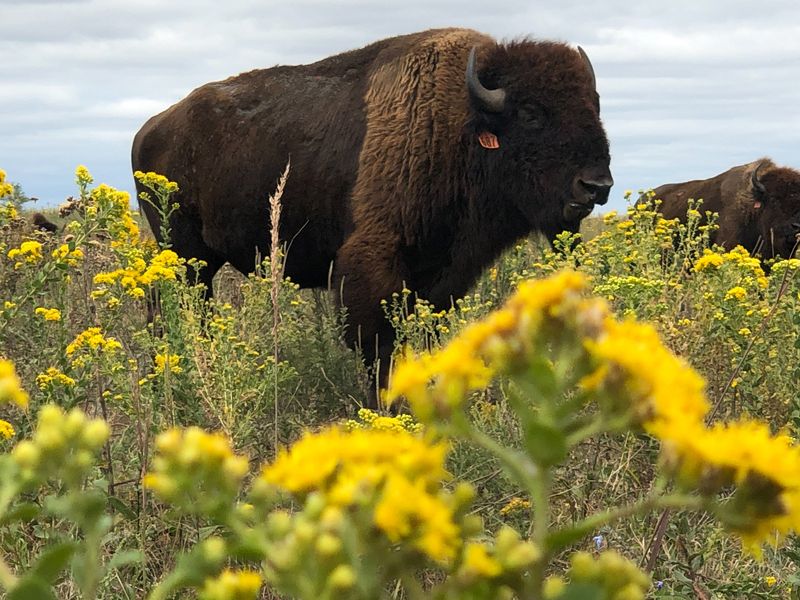
Wild bison herds serve as living laboratories for researchers studying everything from genetics to grazing ecology. Scientists track how these massive herbivores influence plant communities, affect soil chemistry, and respond to climate change.
This valuable research helps land managers make better decisions about habitat preservation. It also provides insights applicable to conservation efforts for other threatened large mammals worldwide.
8. Genetic Diversity Preservation
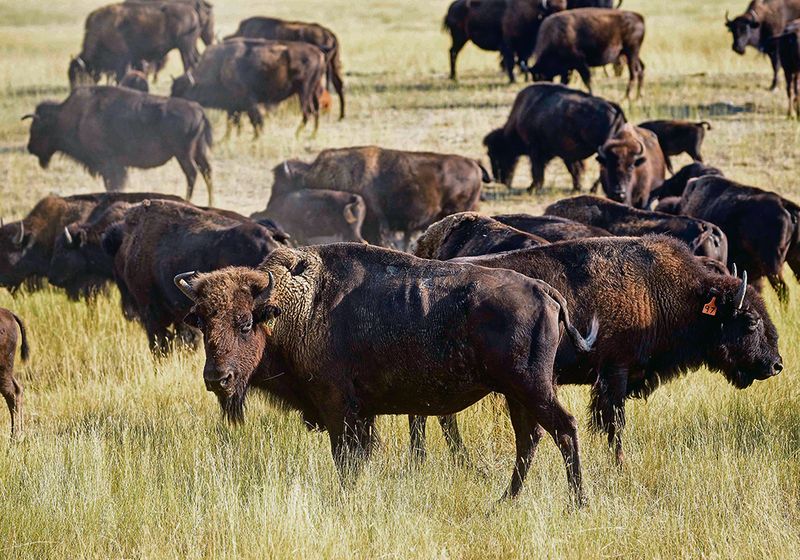
Hidden in their DNA lies resilience against disease and environmental challenges. Conservation areas maintain genetically diverse bison populations, protecting these animals from the inbreeding problems common in small, isolated herds.
Some preserves even participate in genetic rescue programs, carefully introducing new bloodlines to strengthen herds. This genetic safeguarding helps ensure these magnificent creatures can adapt to future challenges.
9. Natural Predator Reintroduction
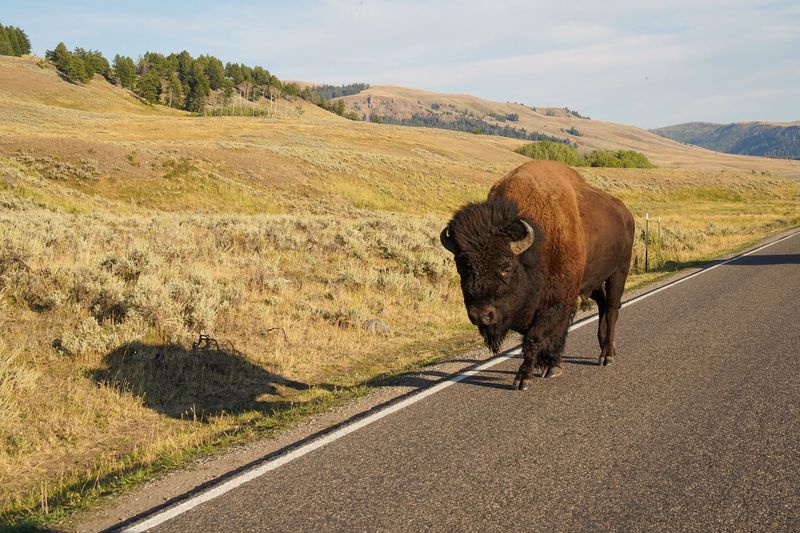
In some protected areas, nature’s delicate balance is making a comeback. Wolves, once absent, have returned to bison territories, reviving age-old predator-prey dynamics.
Healthy bison herds benefit as vulnerable individuals are naturally culled. Grazing patterns shift, reducing overgrazing and maintaining a thriving ecosystem.
10. Sustainable Management Practices
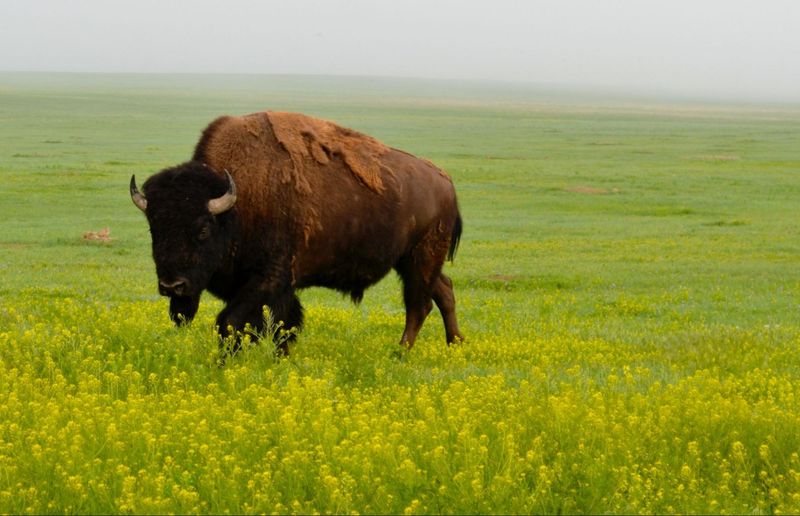
Smart stewardship makes coexistence possible. Land managers use controlled burns, strategic water development, and careful monitoring to maintain healthy habitats without heavy-handed intervention.
These techniques mimic natural processes that shaped grasslands for millennia. By working with nature rather than against it, conservationists create sustainable conditions where bison can thrive without constant human management.
11. Climate Resilience Benefits
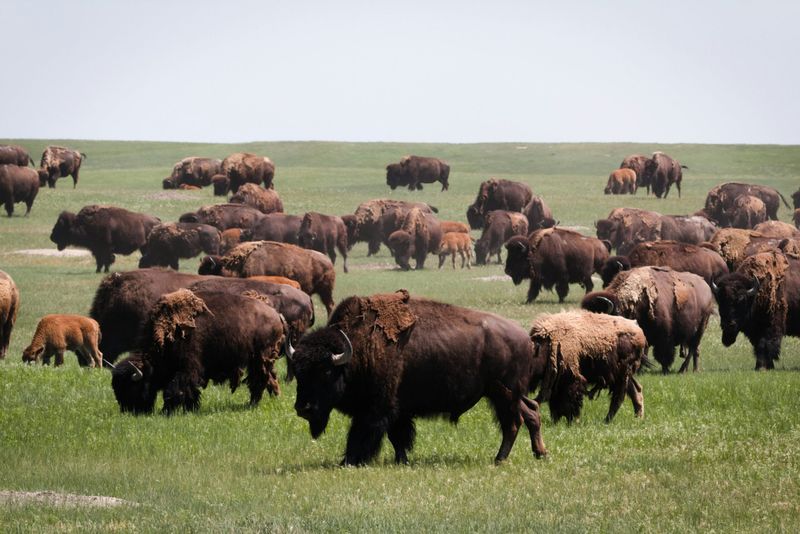
Grasslands with grazing bison actually capture more carbon than those without! Their distinctive grazing patterns stimulate root growth in native grasses, which sequesters carbon deep underground.
Additionally, these massive herbivores create microhabitats that help diverse plant communities withstand drought and temperature extremes. In our changing climate, bison-maintained ecosystems demonstrate remarkable resilience.
12. Economic Value To Local Communities
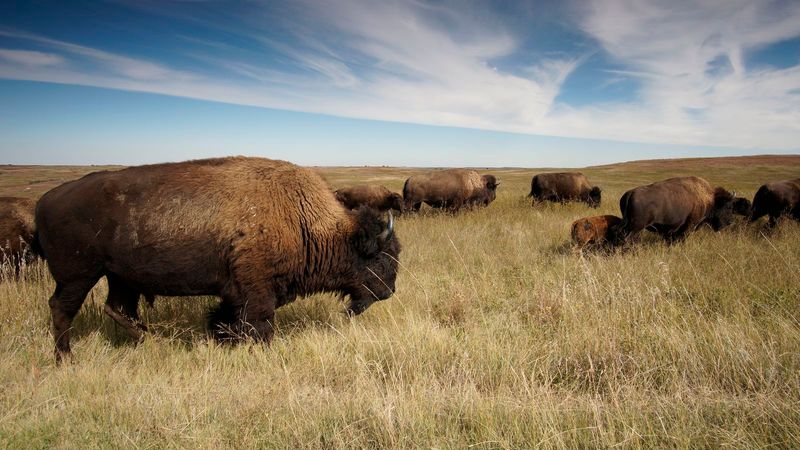
Bison-watching tourists pump millions into nearby towns! Visitors need places to stay, eat, and shop while experiencing these magnificent animals in their natural habitat.
This wildlife tourism creates sustainable jobs in rural areas where employment opportunities might otherwise be limited. Local communities have discovered that protecting bison makes good economic sense, creating powerful incentives for conservation.
13. Historical Restoration Efforts
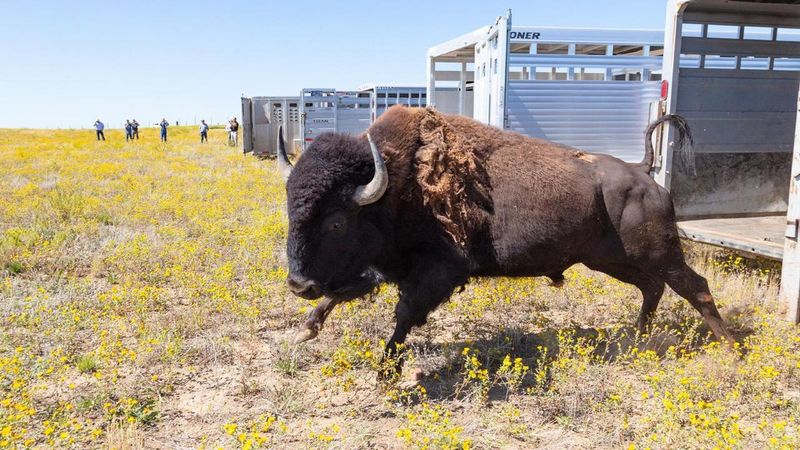
Bringing back bison required heroic efforts from early conservationists. When populations dwindled to fewer than 1,000 animals in the early 1900s, a handful of visionaries established protective herds on private ranches and in Yellowstone.
Their foresight saved these magnificent creatures from extinction. Today’s free-roaming herds descend from these rescue populations – living monuments to what dedicated conservation can achieve.
14. Natural Fire Regime Maintenance
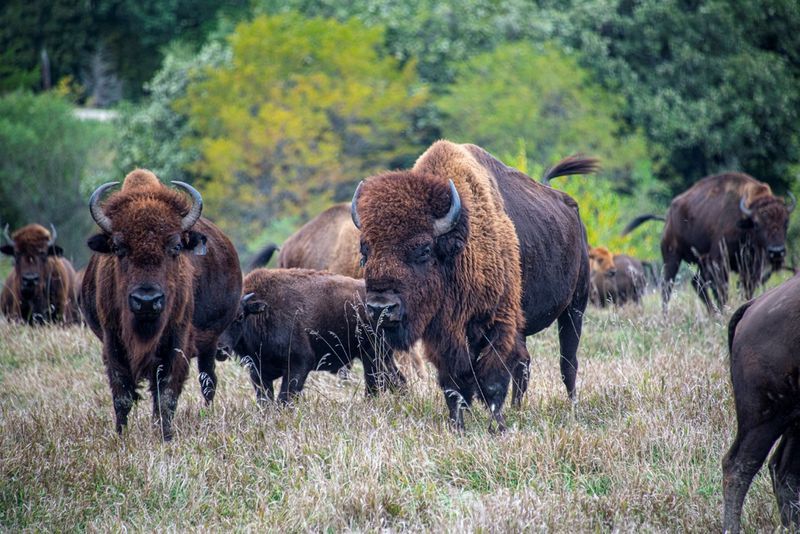
Grazing bison play a surprising role in wildfire prevention. Consuming grasses and creating natural firebreaks reduces fuel loads across the landscape.
Wallowing behavior adds to fire management by creating bare patches that slow flames. Prairie ecosystems benefit, maintaining balanced fire patterns that support natural rhythms.
15. Rewilding Success Story
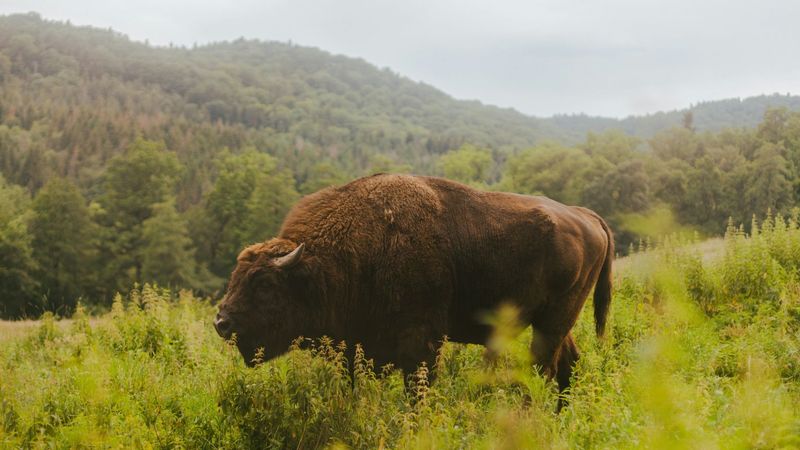
From near extinction to thriving herds – what a comeback! Bison represent one of North America’s most inspiring conservation triumphs, proving that species recovery is possible with dedication and proper habitat protection.
Their success provides a blueprint for other rewilding efforts around the world. When we create the right conditions and get out of nature’s way, remarkable ecological healing can occur.

